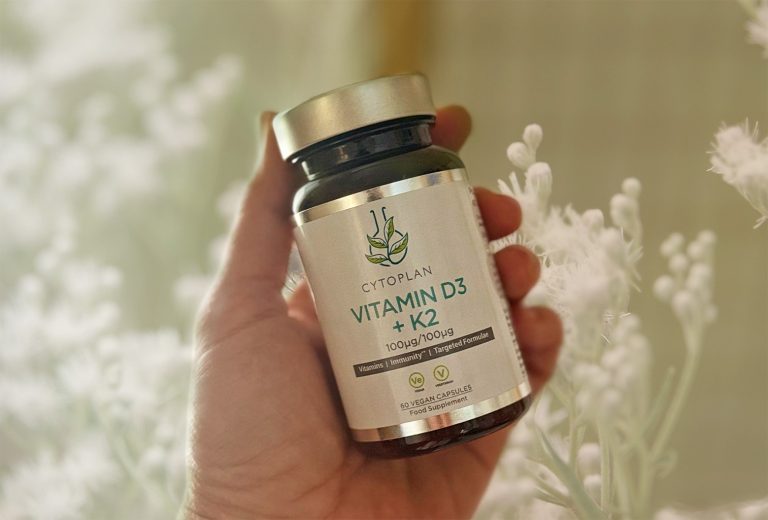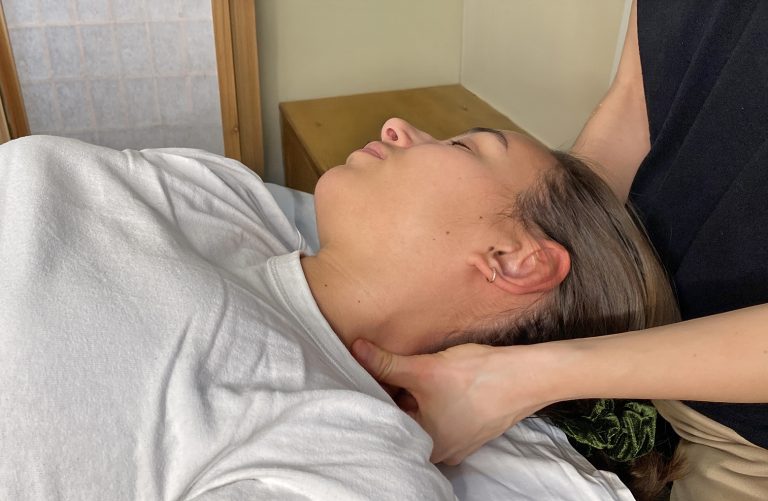We have many different types of treatments at Touch Tuina, all designed to bring you different types of benefits, according to your needs. Perhaps one of the lesser-known treatments we provide is Gua Sha Therapy, which is a traditional Chinese medicine technique that treats a range of ailments.
What Does it Mean?
“Gua” means “to scrape” while “sha” refers to the petechiae – the small, red or purple markings that appear on the skin. Some may describe it as a rash, but it’s actually a sign of toxins and stagnation from the lower areas of the body that are stuck within the muscle fibers the treatment brings to the surface.
“Gua Sha” was originally to treat ailments like coughs, colds, and fever. Think of it like the bottom of a river, where silt, sludge and mud stagnate. When you stir the water, the movement and vibrations help lift that debris, allowing it to flow downstream and clear away. Similarly, Gua Sha works by drawing all of the toxicity from the lower parts of the body, up towards the surface to release them.
What Are the Benefits?
It offers many benefits for physical health and overall wellbeing including:
- Relieves muscle tension and pain
- Boosts circulation
- Supports lymphatic drainage
- Eases respiratory issues
- Reduces inflammation
- Relieves stress and promotes relaxation
- Headache and migraine relief
You’ll notice this is quite different to the “Gua Sha” you see people performing on their face with a jade stone, essentially what they are doing is using the tool for lymphatic drainage. For Gua Sha Therapy we can actually use a variety of tools. In the image above we’re using a Chinese soup soon.
How Were We Introduced to This Treatment?
The first time we saw this technique being used was in China, actually in a Chinese restaurant! An older couple were sitting at a table, the lovely lady got up and picked up a soup spoon and started doing this on her husband’s neck, he had a bit of a cold or fever, so she was trying to get it out of his system.
So this is also diagnostic as well as a treatment, as it shows us what’s going on underneath the muscle.
Have you tried Gua Sha Therapy? If not, then why not book a treatment to see if it can help you?





